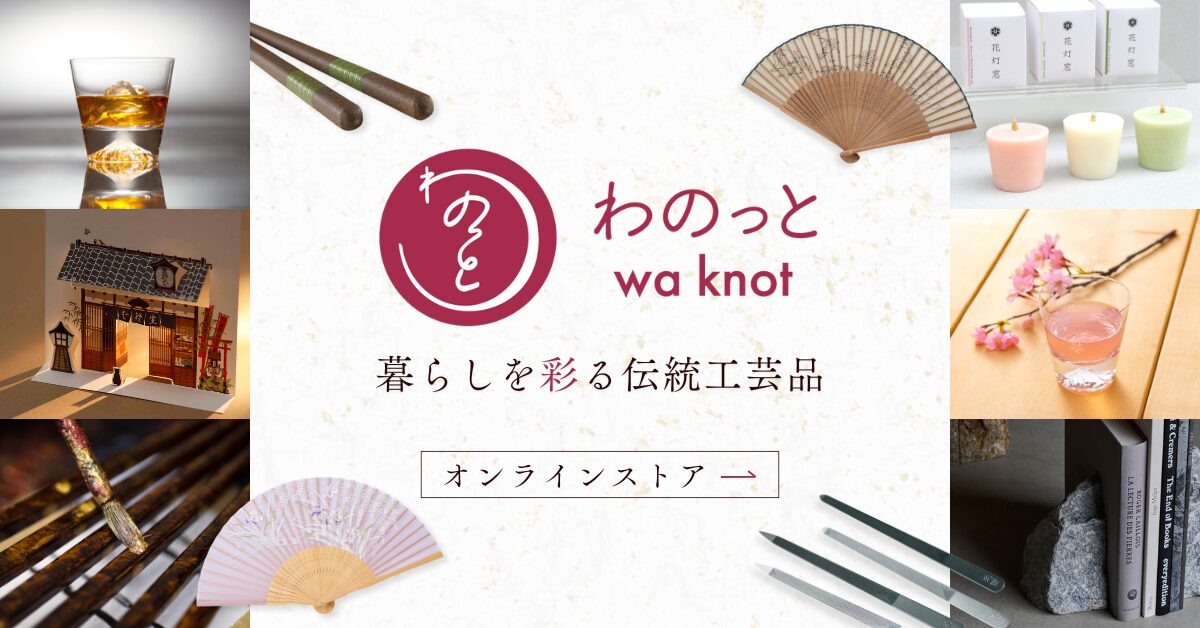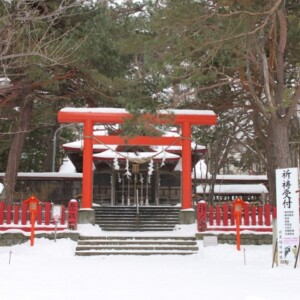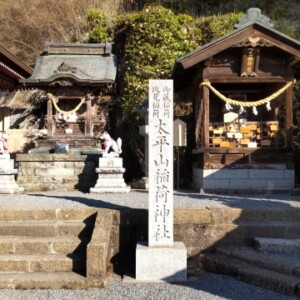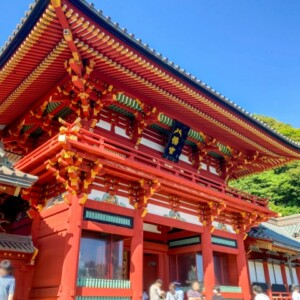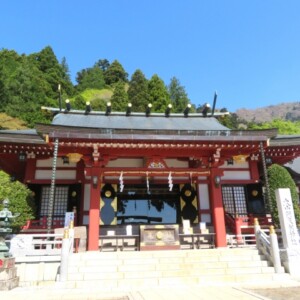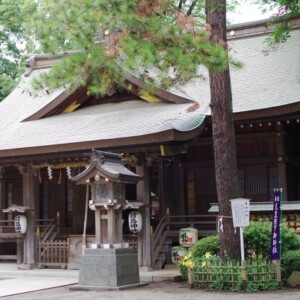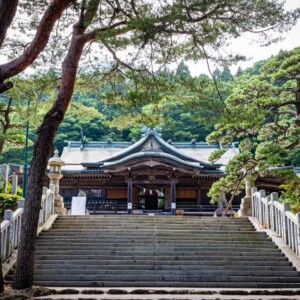
Hoshinomiya Shrine (Shimono-shi)|Complete guide to the history, highlights, and worship information of this historic shrine
Hoshimiya Shrine, located in Shimono City, Tochigi Prefecture, is a historic shrine with a history of approximately 1,200 years. It has attracted attention in recent years for its “Asunaro Ryujin Gobashira,” which is known to increase one’s financial fortune, and its mystical approach resembling a Totoro forest, and continues to be loved not only by local people but also by many other visitors.
Outline and basic information about Hoshinomiya Shrine (Shimono City)
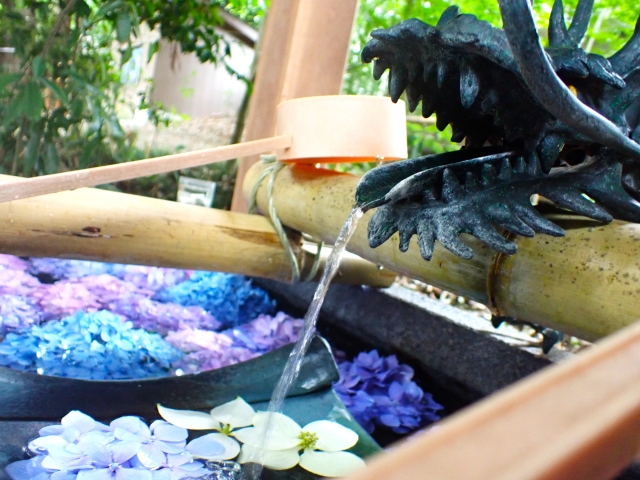
Hoshinomiya Shrine (Shimono City) has been an important shrine of local faith since ancient times. Officially called “Shimono Hoshinomiya Shrine” or “Shimokoyama Hoshinomiya Shrine,” it is located in the countryside within 10 km of Utsunomiya, but still maintains a sacred space surrounded by rich nature.
History and Origin
Hoshinomiya Shrine was founded on April 10, Daido 2 (807), during the reign of the 51st Emperor Heijo. It is said that Lord Asukai Gyobu, a 10th generation descendant of Lord Fujiwara Kamatari, resided in this area as a pioneer settler and called the dry part of Kozan-no-sato Miyauchi, and enshrined the deities Iwasaki-jin and Nesaki-jin as local Shinto gods of protection.
According to one theory, the shrine was enshrined in the first year of the Kouwa Era by order of the emperor, but this is not known for certain. Later, when Lord Kozan Saburozaemon built a castle in the area, he invited the deity Kyotsunushi from Katori Jingu Shrine and worshipped him as a guardian deity, further enhancing the status of the shrine.
Throughout its long history, the shrine has continued to attract the faith of the local people, and even today, it is a shrine that protects people throughout their lives, based on the principle of “purifying the stars to open the way to tomorrow.
Deities and Benefits
The main deities of Hoshimiya Shrine are Iwasaku no Kami and Nesaku no Kami. These deities have long been revered as protectors of pioneering, and are believed to have the power to clear the land and open new paths.
Later, Futsunushi no Kami, known as the god of war, was invoked to ward off bad luck, protect the direction of the land, and help people attain academic success. Because of the divine virtues of these deities, Hoshimiya Shrine is believed to be a shrine that protects people for the rest of their lives, and is believed to have the power to perpetuate military fortune, bring good luck, ward off bad luck, improve studies, and save people in times of trouble.
In recent years, the shrine has become especially known for its blessings of increased financial fortune, attracting many worshippers from within and outside of the prefecture.
Hoshinomiya Shrine (Shimono-shi) Highlights and Features
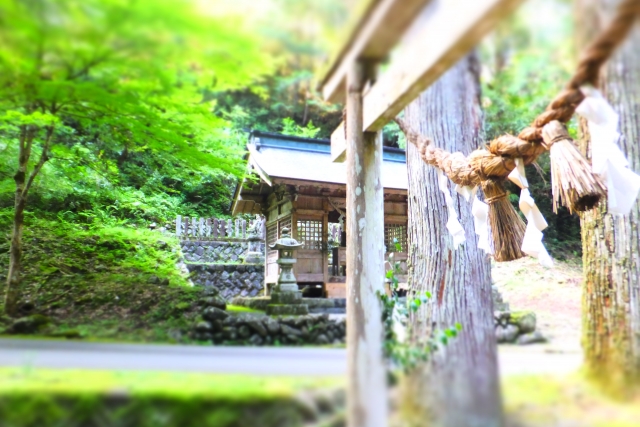
Hoshinomiya Shrine has an ancient history, yet attracts many people with its modern charm. There are numerous attractions within the shrine grounds, each with its own unique story and meaning.
Asunaro Ryujin Gobashira and Golden Rising
One of the most notable attractions at Hoshimiya Shrine is the Asunaro Ryujin Gobashira. This Gobashira has an interesting origin. On the day before the autumn festival in 2015, a golden mole was suddenly discovered on the approach to the shrine grounds. In honor of this very auspicious event, a golden pillar made of a large Asunaro cypress tree was enshrined in the precincts of the shrine.
In Japanese mythology, the clay dragon appears as the god Okoro, the son of Kagutsuchi and Haniashihime. He is said to be a god who tried to become a flying dragon but became a dragon that could not fly, and is a symbol of effort and hope.
The origin of the name “Asunaro” is said to be “Let’s become a hinoki (Japanese cypress) tomorrow,” meaning hope and effort. It is believed that praying to the “Asunaro Ryujin Gobashira,” which contains the two prayers, “Will I become a hinoki tomorrow, and someday I want to fly in the sky,” will bring good fortune and fulfill various wishes.
Yumefukujin and protection against the nine evils
On the left side of the stone steps in front of the shrine is a distinctive stone statue called “Yumefukujin. This stone statue is modeled after a Chinese tapir, which is believed to eat our bad dreams (bad luck) and give us good dreams (happiness) and a peaceful world.
There are nine Yumefukujin in Tochigi Prefecture, and visiting them is said to bring blessings to ward off the nine evils. The Yumefukujin of Hoshinomiya Shrine is one of them, and many worshippers visit the shrine to pray for protection from bad luck and happiness.
Totoro Forest and Mysterious Approach
Hoshinomiya Shrine has been talked about as “Totoro’s Shrine” in recent years. The name comes from the huge clump of earth at the entrance to the approach leading to the shrine grounds, which is shaped like Totoro. The thickly growing forest in the middle of the countryside is reminiscent of the world of Totoro.
The experience of walking through this seemingly otherworldly passageway to the shrine is sure to be a special memory for visitors. Although within 10 kilometers of Utsunomiya, the area is rich in nature, with its traditional satoyama landscape and wooded areas, which is a unique attraction of this area.
Hebi Shimenawa and Luck Rising
A distinctive shimenawa called “snake shimenawa” is wrapped around the shrine’s torii gate. Touching this rope is believed to bring good luck and money, and many worshippers pray to touch it.
Also, during the period from New Year’s Eve to Setsubun, the lantern-lit Otorii (Grand Gate) is lit, which is a popular New Year’s tradition at Hoshinomiya Shrine. The fantastic sight that emerges at night creates a sacred atmosphere suitable for the beginning of the year.
Guide to Worship and Visiting the Shrine
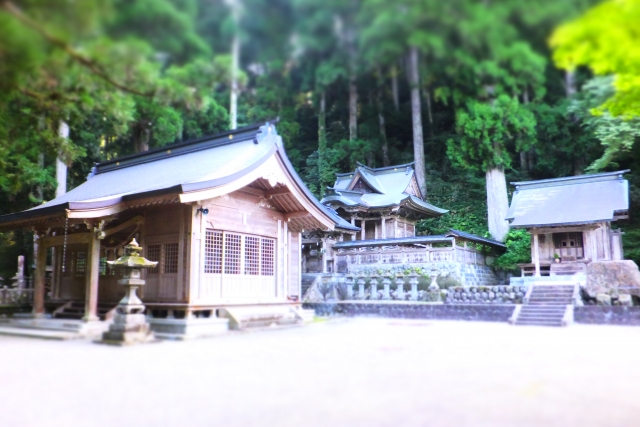
At Hoshinomiya Shrine, you can deepen your relationship with the gods through worship in accordance with ancient manners. Since there are multiple points of interest within the shrine grounds, understanding the characteristics of each will make your visit a more fulfilling experience.
Worship Etiquette and Manners
Visiting Hoshinomiya Shrine is done according to the general manners of shrine visitation. First, bow before passing through the torii gate, and walk down the approach to the shrine avoiding the center of the path. After purifying your body and mind at the water closet, you should bow in front of the hall of worship in the manner of “ni-ai ni clap, ni-ii clap, ippai.
At Hoshinomiya Shrine in particular, each attraction on the shrine grounds has a special meaning. At the Asunaro Ryujin Gobashira, you can carefully offer prayers for monetary gain and the fulfillment of various wishes; at the Yumefukujin, for the prevention of bad luck and good dreams; and at the Hebi Shimenawa, for increased good luck.
As you walk through the Totoro Forest-like approach to the shrine, you can feel the sacred atmosphere by walking quietly and with a sense of gratitude to nature.
Annual and Seasonal Events
Various festivals are held throughout the year at Hoshinomiya Shrine. During the Autumn Grand Festival, the Taisai Kagura, a cultural asset designated by Shimono City, is dedicated and has become an important cultural event in the community. This kagura is a traditional performing art that has been handed down in the shrine since ancient times, and is performed solemnly together with all the Ujiko (shrine parishioners) and the head of the shrine.
From New Year’s Eve to Setsubun, the lantern Otorii (Grand Gate) is lit, creating a special atmosphere for the New Year. During this period, the shrine is crowded with many Hatsumode worshippers, who wish for good health and good fortune for the year ahead, filling the shrine grounds with vitality.
The precincts of the shrine are also home to sunflower fields and other seasonal attractions, and in summer the yellow flowers are a beautiful sight against the blue sky. Visitors can also enjoy the seasonal beauty of the flowers while praying at the flower water ceremony.
Red Seal and Good Luck Charm Information
At Hoshimiya Shrine, red seals are available throughout the year. Hours are from 9:00 a.m. to 4:30 p.m. Various types of red seals are available, such as monthly visit red seals and seasonal red seals, and are popular with many visitors as a memorial to their visit to the shrine.
Since 2025, a new monthly red seal featuring “Kogane-kun,” a character associated with a golden mole discovered on the temple grounds, has been available, with a special design that also incorporates elements of traditional kagura (Shinto music and dance).
Various types of good luck charms are awarded according to the divine virtues of Hoshinomiya Shrine, including those for good luck with money, protection from bad luck, and protection from the directions. For detailed types and fees, please check at the shrine office when you visit the shrine.
Access/Use Information
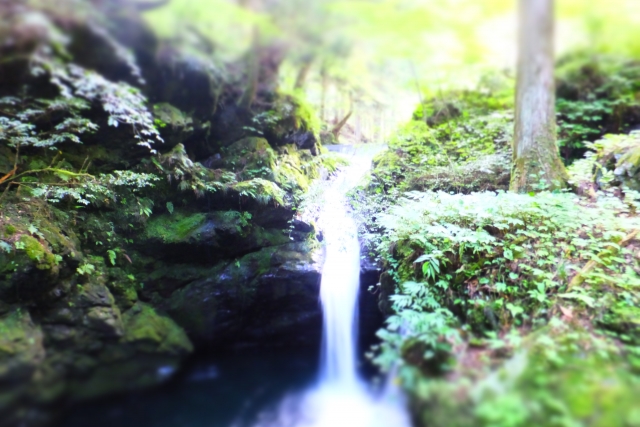
Hoshimiya Shrine is located in Shimono City in southern Tochigi Prefecture, relatively close to Utsunomiya City. It is accessible by both public transportation and private vehicles, but each has its own characteristics, so please choose the best means of transportation for your worship plans.
Transportation Access
If coming by car, the Mibu Interchange on the Kita-Kanto Expressway is approximately 10 minutes away. It is easily accessible from the Kanto region, and can be easily reached by entering the address into a car navigation system.
If you use a train, the nearest station is Ishibashi Station on the JR Utsunomiya Line. From Ishibashi Station, it is approximately a 10-minute drive, so we recommend taking a cab. For details about bus routes, please check local transportation information in advance.
The roads in Shimono City are relatively good due to the rural nature of the area, but please allow plenty of time for travel as the surrounding roads may be congested during busy farming seasons and festivals.
<Address> 1530 Shimokoyama, Shimono-shi, Tochigi 329-0502
Hours of Admission, Prices and Parking Information
Visiting Hoshinomiya Shrine is basically free. No special fee is required to enter the shrine precincts, but separate fees are required for gifts such as red seals and amulets.
The shrine office is open from 9:00 a.m. to 4:30 p.m. During these hours, red seals and amulets are available for purchase. Please note that although it is possible to visit the shrine outside of these hours, the shrine office is not open to visitors.
Parking is available for visitors on the grounds. However, if you are planning to visit the shrine in a large bus or group, we recommend that you contact the shrine in advance.
The parking lot may be full during festivals and busy year-end and New Year’s holidays, so please consider visiting the shrine early, especially during Hatsumode and regular festivals.
Reference sites
Shimono-Hoshimiya Shrine official website: https://hoshinomiya-jinjya.com/
Tochigi Prefectural Shinto Shrines Agency: http://www.tochigi-jinjacho.or.jp/?p=534


